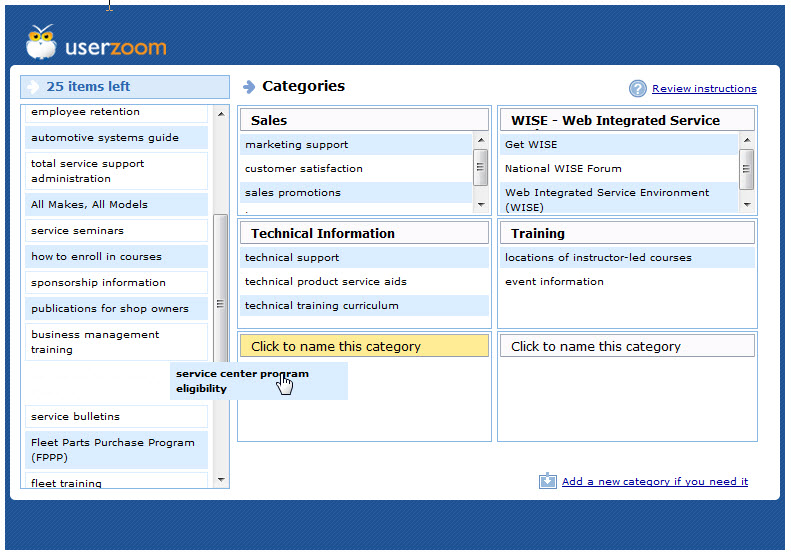IA Enhances User-Centered Design
Information architecture (IA) is the structure of an information space including the organization and labeling of the information elements. Whether for websites, enterprise applications, or consumer information products, creating a usable IA is a distinct user experience method with the goal of optimizing the users’ pathways through the information space.
IA provides the critical information foundation upon which the user-centered design of any information-intensive product, such as a large website or an enterprise application, must be built.
Optimization of the information pathways reflects both the users’ need of information and the organization’s needs for the users to have the right information. Therefore, designing a usable information architecture requires understanding user information-seeking goals through user research, stakeholder information goals through stakeholder interviews, effective information categorization through card-sorting, and effective information navigational pathways through findability research.
For sites and applications that have grown unwieldy, an information architecture redesign can streamline the structure, refresh the terminology, add features such as social networking to generate interest, and provide an information infrastructure that enables future growth. In an IA redesign, the up-front work also includes an IA evaluation, consisting of inventorying, analyzing, and classifying the existing content, interpreting site or application analytics reports, and conducting an expert evaluation of the current site or application.


